I love this quote from a beautiful new book by Marina Schinz (see review below). I also love weeding. I agree that weeding can be mindless in some ways, but it also requires your brain to decide to pull one plant while leaving another. Weeding is an editing process that affects your future garden in subtle ways. These are small decisions that are consequential in their own way, but not too important.
While working among your plants, you can let your mind wander. You are free to ponder and pause. Weeding, once you know what plants you consider weeds in your garden, becomes a routine gardening task that can be therapeutic. Weeding can also exercise the body. Clearing a bramble patch or pulling out a smothering vine can be good for winter-tired muscles. There is a caveat: it is tempting to overdo your gardening activities in spring, so we need to pace ourselves and also take time to smell the blossoms and daffodils.
While out in your garden weeding, you will be able to hang out with your special spring plants. For some gardeners, cherry trees or magnolias mean that spring has arrived in their garden. For others, their iconic spring symbols are the little flowers of pansies or primroses. The fresh green of deciduous tree leaves are another perennial favorite. Whatever you love, make sure that you spend time absorbing that spring feeling. The turn of the seasons is fleeting but so special. Make it part of your day and delight in it. That, too, is therapeutic.
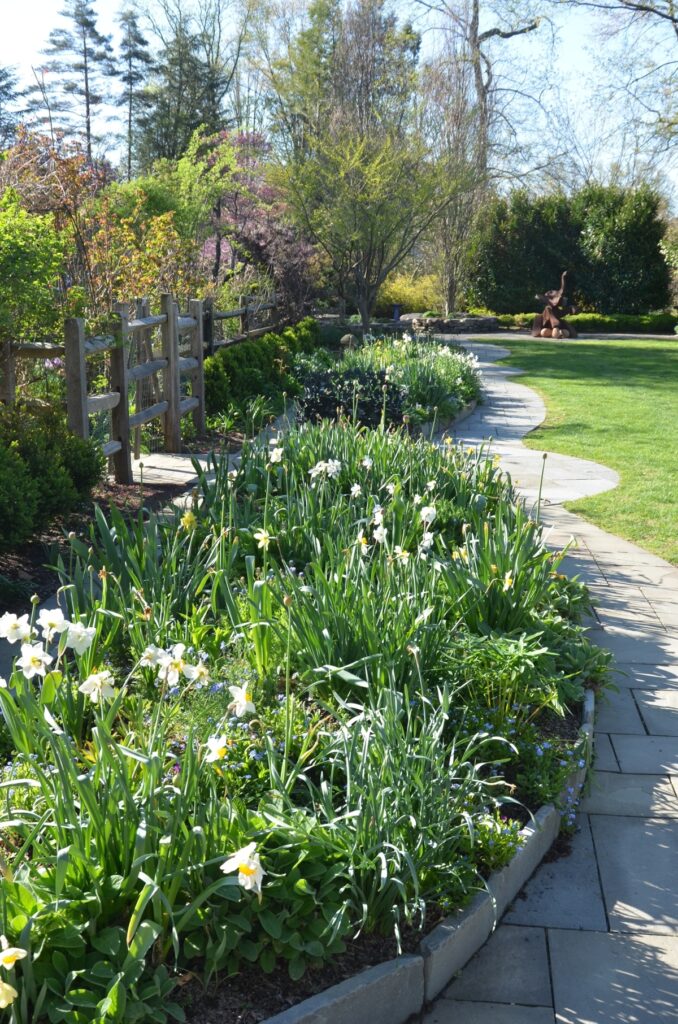
Open Garden Days Begin Next Week
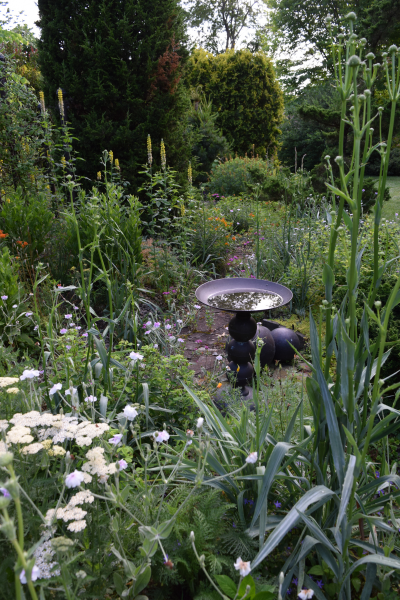
Celebrate spring with Jenny Rose! Our Spring 2025 Open Garden Days at Northview begin in April.
Thursday, April 17th
Thursday, June 5th
10:00am to noon
$20/person entry fee
For more information, contact us at jennyrosecarey@gmail.com
My Garden Travels
Back-to-back flower shows in Seattle and Philadelphia have absorbed most of my energy in the last few weeks. They were both uplifting congregations of avid gardeners who were eager to learn and begin the gardening year. If you have never been to these flower shows, you may want to plan ahead for a visit next year. It is inspirational to see plants and designs that may translate into something for your own garden and, of course, buy some seeds, bulbs, and plants.

Years of Delight
This month, I have been reflecting on the spring gardens that have always delighted me, in both the present and the past.

Plant of the Month: Narcissus bulbocodium – Hoop-Petticoat Daffodil
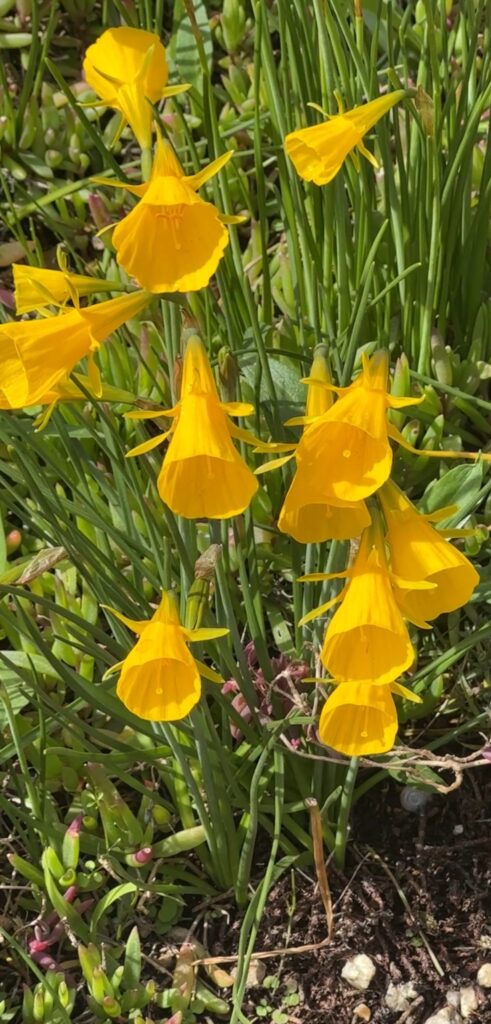
There is nothing quite like the presence of the charming nodding heads of daffodils to signal spring. Their beautiful yellow and white trumpet-shaped flowers often have the added benefit of spring scent. They are easy to plant and grow, and most animals do not eat them. Daffodils are lovely to pick and arrange in the house.
I grow many different daffodils, but the little Narcissus bulbocodium has become a longed-for seasonal treat. In some ways, it doesn’t even look like a daffodil because the flower shape is all trumpet and six little wispy petals around it. If you care about the daffodil classification groups, it is in division 10.
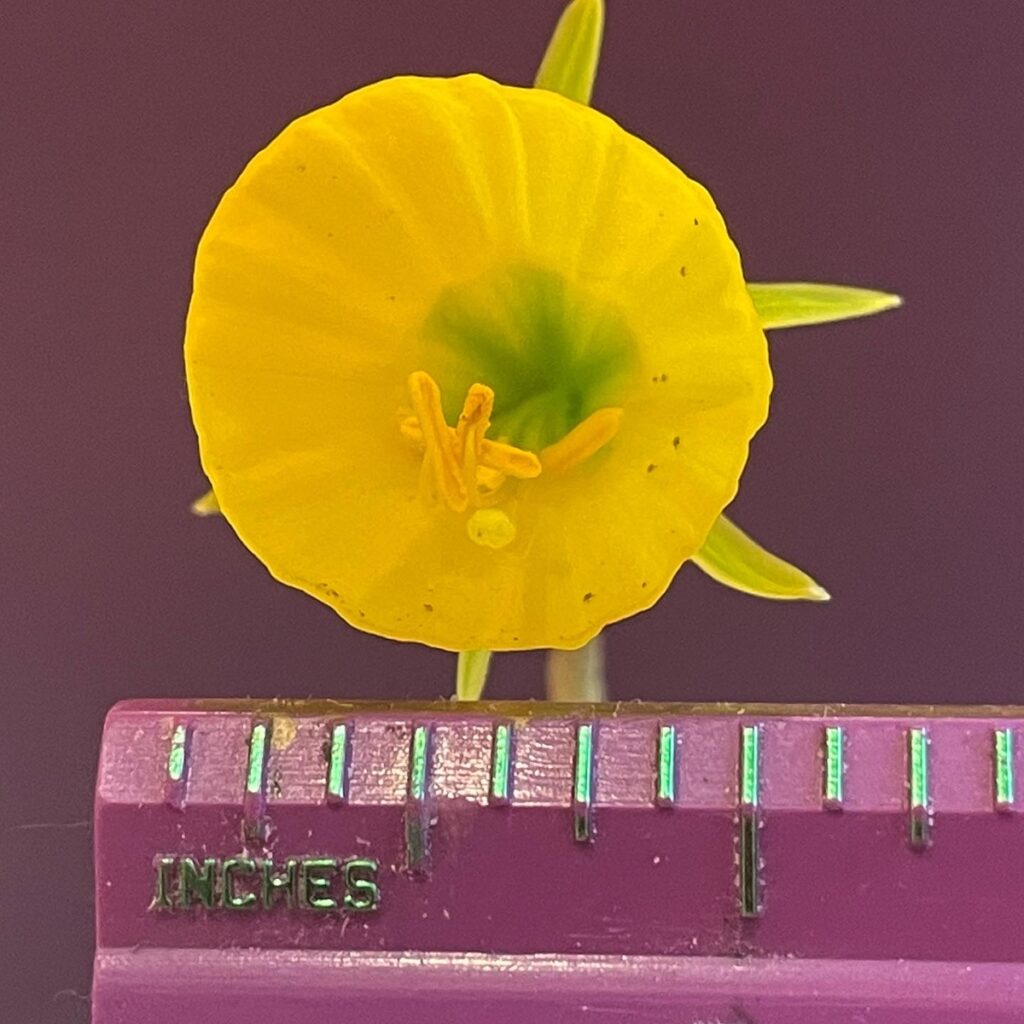
Hoop-petticoat daffodils have short stems (about 6 to 8 inches) so they need to be planted where you can clearly see them. Try planting them in drifts in turf where the small yellow or white bells can shine out against the lawn. These daffodils can take damp soil unlike some bulbs. This makes them a perfect companion for another moisture-tolerant bulb—Fritillaria meleagris—the snakes-head fritillary.
Another excellent position for hoop-petticoat daffodils is in a raised bed or rock garden, where they will bloom near to your eyes to allow close observation. Plant the bulbs in groups for impact. I have also grown these treasures in terracotta pots with well-drained potting soil. I usually plant the whole pot with bulbs and soil into the ground after flowering so that they can bloom again next year. Top-dress the rock garden or potting soil with grit or gravel to stop mud from splashing onto the miniature bells, and to help increase soil drainage.
To have these little daffodils in your garden, next spring, plan ahead and order the bulbs in the summer for autumn planting. They grow from tiny bulbs that are easy to plant. The first year or two the display may be a little sparse but if they are planted in a good location, they will multiply and perennialize. In lawn, use a sharp spade to cut into the turf and pop in a few bulbs.
I love the cultivars ‘Golden Bells’ and ‘Oxford Gold’ for pure bright yellow flowers, and ‘White Petticoat’ for creamy-colored flowers that fade to white. I have some planted in clusters in weak grass with other small bulbs, like crocuses, scillas, and ipheions. This type of planting is a special favorite in Northern European countries such as Britain, France, and the Netherlands. You may see it referred to as Stinze planting. The grass and bulb foliage are allowed to die down for at least six weeks before the turf is mowed.

I have more hoop-petticoats at the front of a spring flower bed where snowdrops and crocuses bloom first, and tulips bloom later behind the daffodils. The short grass-like foliage dies down and is slender, so that it does not smother the low-growing perennials nearby, like candytuft and miniature lamb’s ears.
Book Club: Green Thoughts and Memories
The book this month is a new one that was a chance find at a bookshop. How I love a good bookshop! The cover of beautiful pansies drew me in and then I saw the author – Marina Schinz. I have her old book from 1985, Visions of Paradise, and was excited to see this new one, that she says her publisher has been awaiting for ages. Marina is an experienced and well-respected garden and nature photographer.
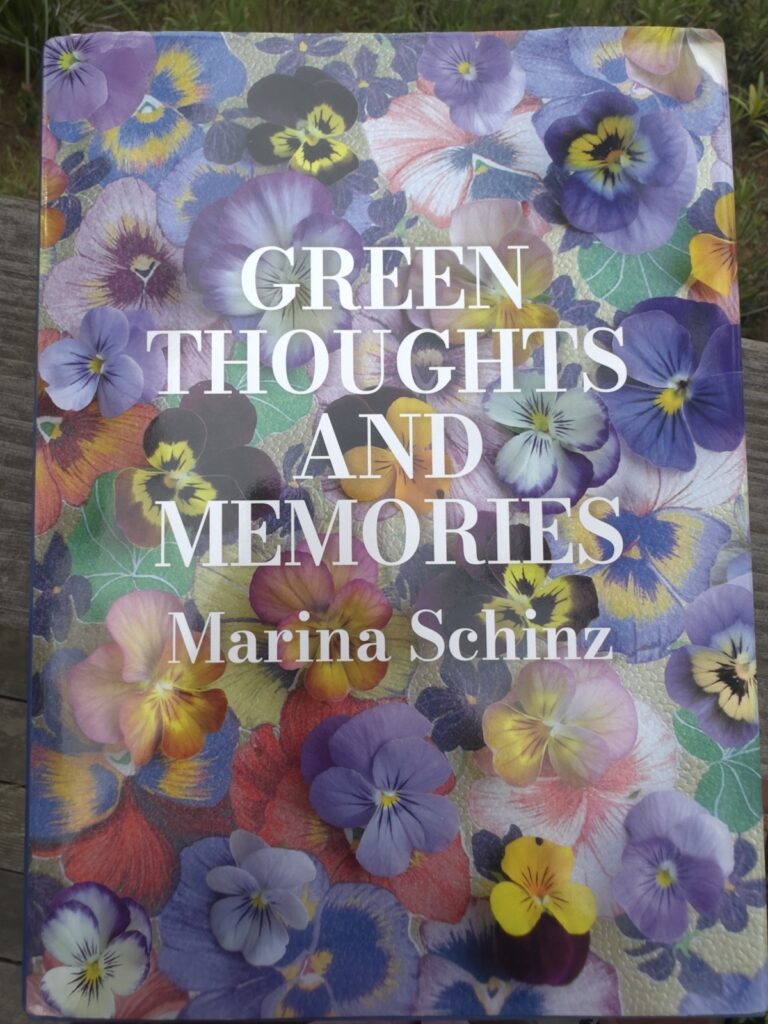
She has gardened in Europe and the United States but does not profess to be an expert gardener. She says of herself, “My approach is of the broad-brush, slapdash, trial-and-error kind.” And later “‘Pure optimism keeps us happily digging, clipping, and replanting….”
What Marina has done for decades is give us her excellent insights into gardens, gardening, and gardeners through the lens of her camera. She has traveled widely and has seen and recorded fields, landscapes, personal spaces, flowers, and plants. This book is a record of her life through words and an accompanying selection of some of her favorite photographs.
The series of essays can be dipped into as stand-alone pieces, or read in sequence beginning with Marina’s early life in Zurich. Each essay shows how entwined she has been with gardens and nature wherever she has lived and worked. As with all memoirs, it is a treat to see how other people’s lives became interwoven with their plants and gardens.
I love Marina’s verbal and keen-sighted observations. As with any thought-provoking book, she challenges the reader to think closely and to consider from a different outlook. There are many quotes that I love but one that struck me was the following about scented plants: “Fragrance ranks high, and its absence in a flower strikes me like some curse out of Greek Mythology.” What a great way to put it.
Marina intertwines stories of her family throughout the book. She tells of her mother, who had been brought up in Naples, and her approach to flower arranging. “The most important ingredient for a perfect bouquet is time, and that she had.”
The book is a visual treat with some of my favorite photographs being Marina’s landscape photos. She sees patterns and repetition that bring the views to life. Of course, I am also taken by her flower portraits and those of rose gardens. The book is very well produced with glossy pages that enhance the images. It would make a great present for a gardener or as a gift for yourself.
Note: I am not sponsored to promote books found in these newsletters. They are featured because I truly love them.
In Case You Were Gardening…
The Promises of my Garden – March 17, 2025
A Rain Garden for Every Garden – August 28, 2024
Mount Vernon, Virginia: Spring Blooms in the Upper Flower Garden – May 6, 2024
If you like this newsletter, please tell your gardening friends about it. It is easy to subscribe by contacting me via my website.
If you would like to see photos of my garden at Northview and images of my garden travels, please follow me on Instagram @NorthviewGarden and @JennyRoseCarey
Bye for now,

PS: If you want to hear more of my thoughts and support me in what I do, check out my books. Glorious Shade celebrates the benefits of shade and shows you how to make the most of it. This information-rich, hardworking guide is packed with everything you need to successfully garden in the shadiest corners of a yard.The Ultimate Flower Gardener’s Guide gives home gardeners the confidence they need to create the flower-filled garden of their dreams. Instead of concentrating primarily on color, it brings flower shape and texture to the fore, helping homeowners make plant choices that come together in an aesthetically pleasing way.
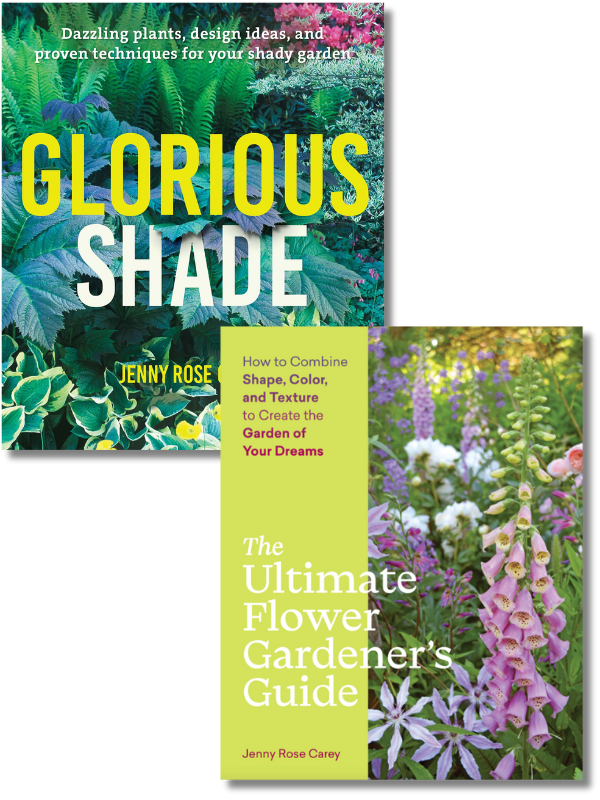




Leave a Reply